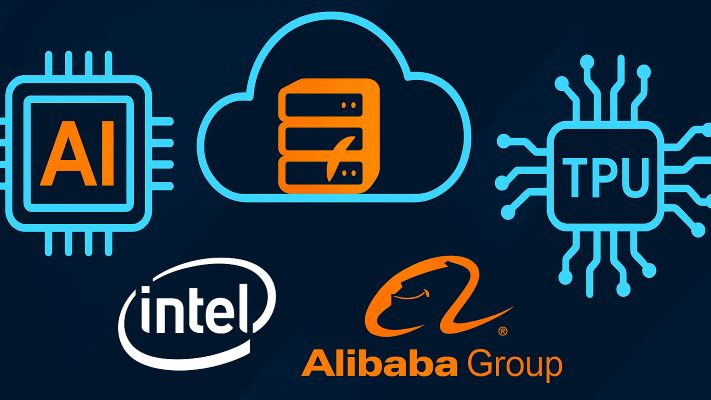AI Navigation
- articleAI Trends
- lightbulb_2AI Tips
- assistant_navigationAI Navigation
- heatHot Articles
- emergency_heat_2Hot Tips
- format_list_numberedPrompt Formatter
- psychologyTest Center(RPI)
November 25, 2025 · 24-Hour AI Briefing: Meta Bets on Google TPU, Intel–Alibaba Cloud Deep Integration, TPU v7 Enters Mass Deployment
Over the past 24 hours, the global AI infrastructure landscape has undergone meaningful shifts: Meta is making a multibillion-dollar move toward Google TPU, Intel and Alibaba Cloud are strengthening CPU–OS synergy, and Google’s TPU v7 has entered large-scale deployment. AI compute is moving from a single dominant pathway toward a multi-architecture era. Here is the full breakdown.

1. Meta Invests Billions in Google TPU to Reduce NVIDIA Dependence
Meta Platforms is purchasing Google TPU chips worth several billion dollars to diversify its AI hardware suppliers and reduce long-standing reliance on NVIDIA’s GPU ecosystem.
Commentary:
Meta’s move reflects a fundamental transition from a “GPU-only universe” toward heterogeneous compute.
NVIDIA’s dominance—powered by CUDA and superior GPU performance—has long been the backbone of large-model training. But the downside is severe: long queues, premium pricing, limited supply, and a supply chain that tech giants cannot control.
Meta buying TPU is not just “buying chips”—it is purchasing compute autonomy, bargaining leverage, and freedom in future architecture choices.
It also signals Google’s shift from keeping TPU internal to positioning it as an industry-level infrastructure option.
Large-scale AI training will no longer follow a single “just buy NVIDIA” path. For companies at Meta’s scale, diversified compute is a strategic necessity.
2. Intel and Alibaba Cloud Deepen Synergy Between 6th-Gen Xeon and Anolis OS
Intel and Alibaba Cloud announced enhanced optimization between Intel’s 6th-generation Xeon processors and Alibaba’s Anolis OS, improving full-stack performance, multi-core scheduling, and data-security capabilities tailored for the AI era.
Commentary:
This represents the classic “post-GPU era” optimization strategy:
when you cannot infinitely scale GPU deployments, you maximize performance through deep software–hardware synergy on CPUs.
Intel is seeking a non-GPU pathway to defend and expand its AI inference and cloud position, while Alibaba Cloud aims to build a more autonomous, domestically controlled, high-performance cloud foundation.
This collaboration is not merely technical—it is a strategic positioning move under U.S.–China technological competition.
CPU is becoming a second growth curve in AI workloads, complementing scenarios where GPUs cannot scale efficiently.
3. Google TPU v7 Enters Mass Deployment, Boosting Taiwan’s Supply Chain
Google’s next-generation TPU v7 has entered high-volume production. Demand in 2026 is expected to accelerate, benefiting Taiwan’s PCB, cooling module, and server component suppliers.
Commentary:
This marks Google’s transition from internal TPU consumption to a new cycle of scalable AI infrastructure.
TPUs have long led in efficiency, but ecosystem limitations kept them largely inside Google. With v7 entering mass deployment, the industry is shifting from a GPU-only paradigm toward a dual-path GPU + ASIC ecosystem.
The AI hardware upcycle will extend from the NVIDIA-driven cycle to a broader, multi-architecture growth phase.
How Much Gap Remains Between Google TPU and NVIDIA GPU?
The remaining gap lies more in ecosystem maturity than raw performance.
NVIDIA maintains overwhelming advantages with CUDA and TensorRT, but TPU already demonstrates high competitiveness in large-scale training efficiency, power consumption, and cost. As Google gradually opens its TPU ecosystem, the gap is closing faster than expected.
Major AI Events from the Past 72 Hours
Here are two important briefings you may have missed:
Closing Thoughts
As 2025 draws to a close, global AI compute is moving from a single-vendor GPU era to a diversified landscape where GPUs, CPUs, and ASICs coexist—and compete. Whoever masters multi-architecture compute will lead the next phase of performance scaling, cost optimization, supply-chain resilience, and ultimately, global AI progress.